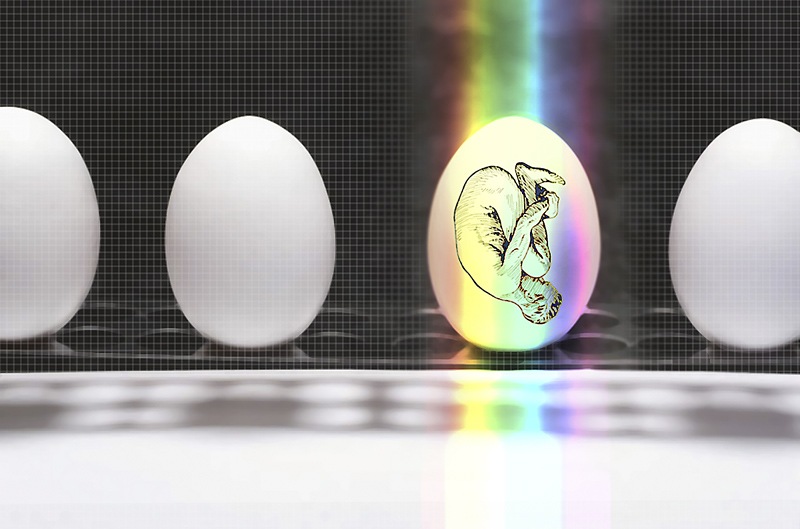

The U.S. Food and Drug Administration on Thursday said it would permit limited use of a “tissue containment system” in conjunction with laparoscopic power morcellators — devices that grind up tissue in gynecological surgeries.
But the FDA still warns against using laparoscopic power morcellators in most women because the procedure can spread undetected cancer cells.
The device, called the PneumoLiner, will be permitted only when uterine tissue is not suspected to contain cancer, the agency said. And its maker must warn patients and doctors that the device has not been proven to reduce the risk of spreading cancer during these procedures.
“The PneumoLiner is intended to contain morcellated tissue in the very limited patient population for whom power morcellation may be an appropriate therapeutic option — and only if patients have been appropriately informed of the risks,” Dr. William Maisel, chief scientist at the FDA’s Center for Devices and Radiological Health, said in an agency news release.
“This new device does not change our position on the risks associated with power morcellation. We are continuing to warn against the use of power morcellators for the vast majority of women undergoing removal of the uterus or uterine fibroids,” Maisel added.
About one in 350 women who undergo a hysterectomy or fibroid removal is discovered to have an unsuspected cancer, the FDA estimates. If morcellation is performed on these women, it could “spread the cancerous tissue within the abdomen and pelvis, significantly worsening the patient’s likelihood of long-term survival,” the news release stated.
Women who might be candidates for the PneumoLiner include those without uterine fibroids undergoing a hysterectomy and some pre-menopausal women with fibroids who want to maintain their fertility, the FDA said.
Some women and their doctors might also determine that laparoscopic power morcellation is a more appropriate treatment than more invasive surgery, Maisel’s team noted.
“For these women, the device is intended to isolate and contain tissue that is considered to be noncancerous before surgery, even if that tissue is subsequently determined to be cancerous,” the agency said.
So how does it work?
A plunger delivers a containment bag into the abdominal cavity, where the tissue to be removed is placed in the bag. The bag is then sealed and inflated, creating a working space around the tissue, the FDA explained.
Testing found that the bag was strong enough to withstand forces greater than those expected in actual clinical use, the FDA said.
PneumoLiner is manufactured by Advanced Surgical Concepts Ltd. in Bray, Ireland.
More information
To learn more about uterine fibroids, visit the U.S. Department of Health and Human Services.
Source: HealthDay
Copyright © 2025 HealthDay. All rights reserved.

Leave a Reply